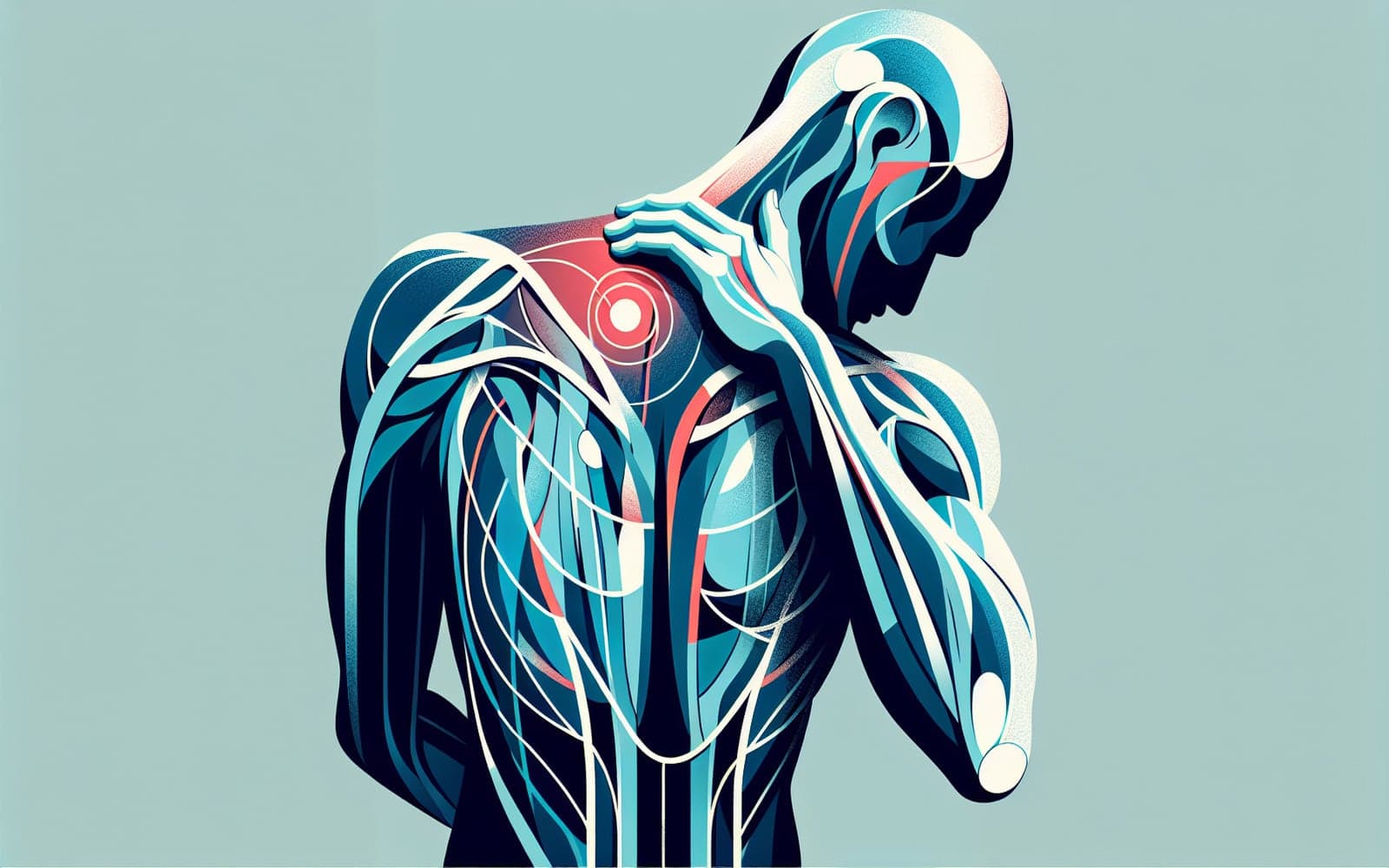Is Your Shoulder Pain More Than Just a Muscle Ache?
Published: Jul 17, 2024
Shoulder pain can be more than a simple ache; it might indicate a deeper issue. Learn about the common causes and patterns of shoulder pain to better understand your symptoms.
Contents
Understanding Shoulder Anatomy
The shoulder is an incredibly mobile joint, thanks to a network of bones, muscles, and ligaments. With three main bones—the clavicle, scapula, and humerus—and four joints, it allows a wide range of motion. However, this complex structure also makes the shoulder prone to injuries, especially in the glenohumeral joint, the main shoulder joint. The rotator cuff, a group of muscles and tendons, plays a crucial role in stabilizing the shoulder while allowing movement.
Common Shoulder Pain Patterns
Shoulder pain often presents in specific patterns that can hint at underlying conditions. Anterolateral pain aggravated by overhead reaching could be due to rotator cuff issues or impingement syndrome. Posterior shoulder pain is less common and might relate to rotator cuff tendinopathy in the infraspinatus or teres minor muscles. Poorly localized pain might be referred from other areas like the neck or abdomen, indicating conditions such as cervical nerve root impingement.

Referred and Trauma-Related Pain
Referred pain is when shoulder discomfort originates from another body part like the heart or abdomen, often presenting with vague pain patterns. Trauma-related pain typically results from direct injury, such as fractures or dislocations, and usually presents with localized pain and visible deformity. Diagnosing these conditions often involves a detailed history and physical examination to determine the precise cause.
Frequently Asked Questions
Shoulder pain can be due to intrinsic conditions or referred pain from other body parts.
Diagnosis involves a physical exam, history, and sometimes imaging like X-rays or MRI.
Yes, referred pain can come from areas like the neck or abdomen.
Common patterns include anterolateral, posterior, and poorly localized pain.
Key Takeaways
Understanding shoulder pain patterns can guide you to seek the right treatment.
Curious about what your shoulder pain might mean? Chat with Doctronic to learn more!Related Articles
References
Anderson BC. Office Orthopedics for Primary Care: Diagnosis, 3rd, WB Saunders, Philadelphia 2005.
Clark JM, Harryman DT 2nd. Tendons, ligaments, and capsule of the rotator cuff. Gross and microscopic anatomy. J Bone Joint Surg Am 1992; 74:713.
Always discuss health information with your healthcare provider.